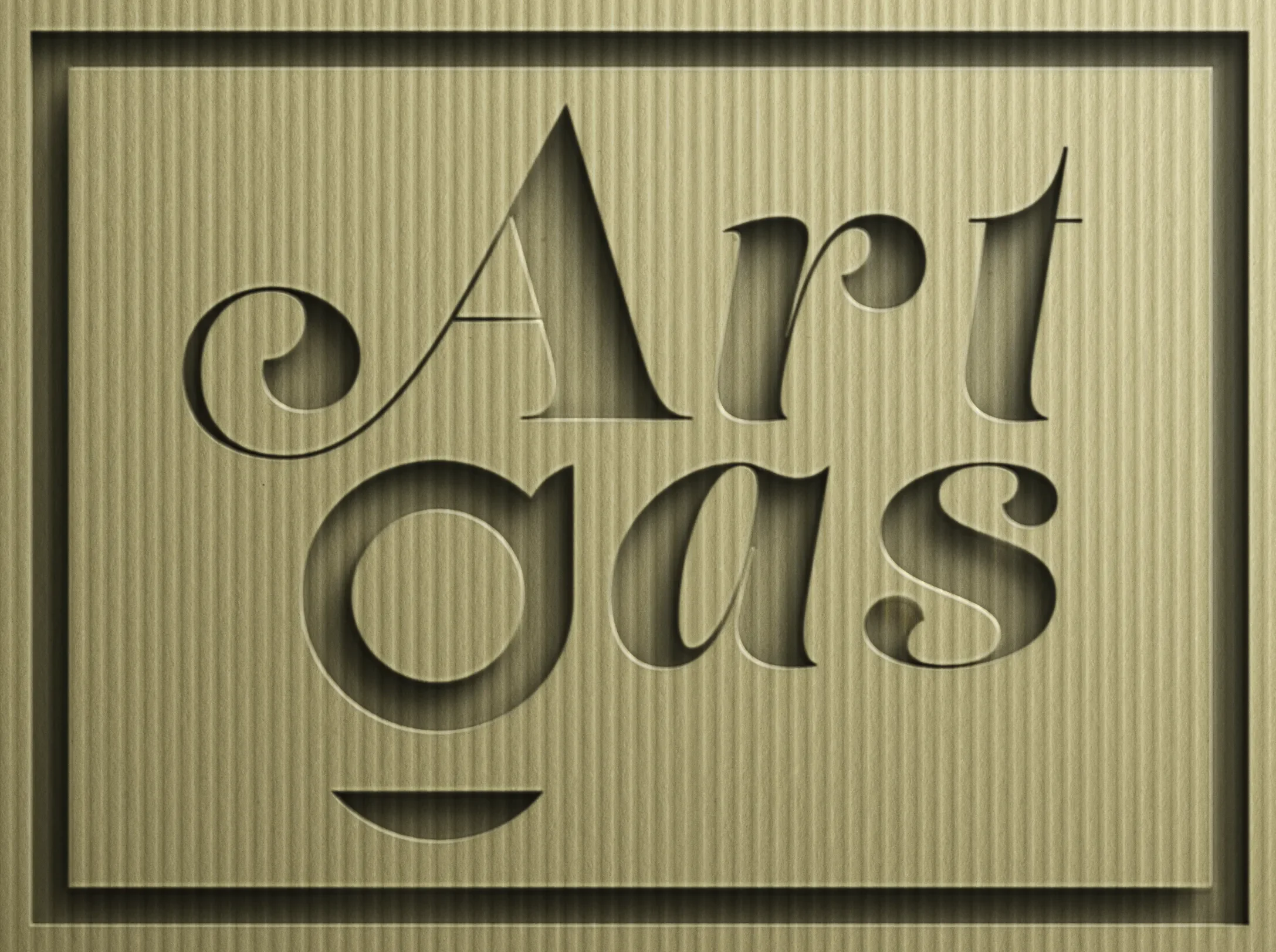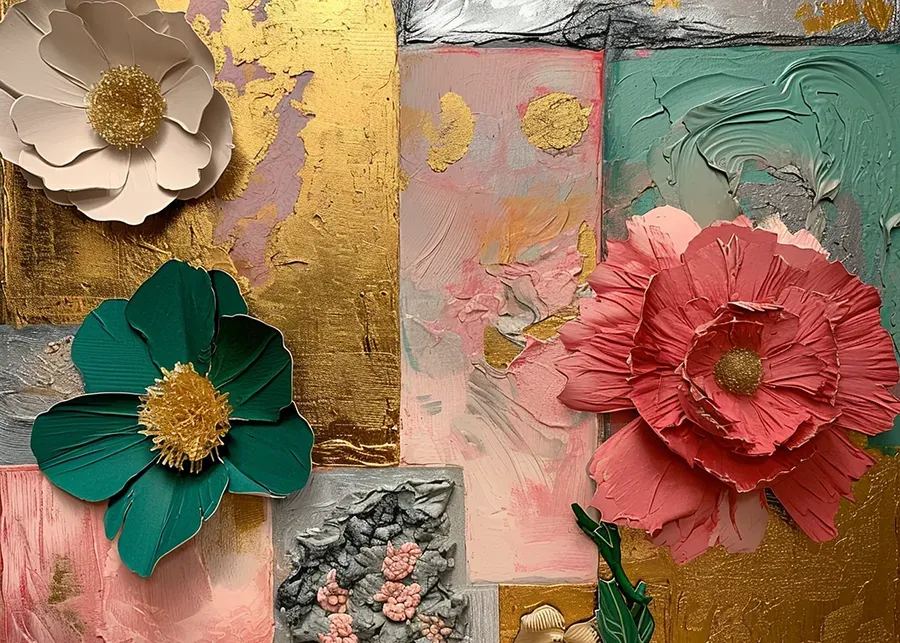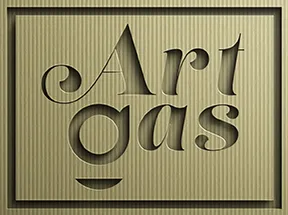Understanding Print Ready Art
In the world of printing, the journey from a digital design to a tangible printout is filled with intricate details. As an artist or designer, preparing your artwork for printing is a critical step in ensuring your creative vision comes to life exactly as intended. This blog post will guide you through the process of creating print ready art, ensuring your designs are not just visually appealing but also technically sound for the printing process. Additionally, we are excited to introduce our extensive collection of over 1000 print-ready original artworks, available for order or as digital downloads, offering you the flexibility to print and frame them with your preferred printer and framer.
Understanding Print Ready Art
Print-ready art refers to a design file that has been formatted to meet the specific requirements of a printer. These requirements can vary depending on the type of printing (e.g., digital, offset, screen printing) and the product (e.g., brochures, business cards, banners). The goal is to ensure that your artwork is in the ideal format for producing high-quality prints without any need for further adjustments.
Key Elements of Print Ready Art
- Resolution: Artwork should be at a high resolution, typically 300 DPI (dots per inch) for most prints. Low-resolution images can result in blurred or pixelated prints.
- Color Mode: Printers generally use CMYK color mode, not RGB. Ensure your artwork is in CMYK to avoid color shifts in the final print.
- Bleed Area: This is the extra space around your design to account for slight movements during the printing process. Including a bleed ensures that your print doesn’t have unprinted edges.
- Safe Margin: Keep critical elements like text within a safe margin from the edges to avoid them being cut off during trimming.
- File Format: Depending on the printer, you might need to submit your artwork in specific file formats like PDF, EPS, or TIFF.
Designing with Print in Mind
- Choose the Right Software: Use professional design software like Adobe Illustrator or InDesign, which offer more control over elements like bleed and color modes.
- Mind the Text: Use high-contrast colors for text and background. Also, avoid using very small fonts or fine, intricate designs that might not print clearly.
- Image Quality: Use high-resolution images and avoid enlarging images beyond their resolution capacity.
- Proofing: Always proofread your design and check for any errors or alignment issues. If possible, get a digital or hard copy proof from the printer.
Final Checks Before Printing
- Review the Printer’s Specifications: Double-check the printer’s requirements for bleed, margins, file formats, and color profiles.
- Test Print: If possible, do a test print to see how your design translates to a physical print.
- Packaging Files: Include all necessary files, like fonts and linked images, when sending your artwork to the printer.
Our Exclusive Collection
At Art Gas, we proudly offer a vast selection of over 1000 original artworks, all print ready for your convenience. These pieces range from contemporary designs to classic art, ensuring there’s something for every taste and style. You can either order prints directly through us, or opt for digital downloads to take to the printer and framer of your choice, providing you with the ultimate flexibility in how you bring these stunning artworks into your space.
Conclusion
Creating print-ready art is a blend of artistry and technical precision. By paying attention to these critical elements, you can transform your digital designs into stunning printed materials that accurately reflect your artistic intent. And with our extensive collection of original artworks, you have access to a world of exceptional designs ready for printing.
Remember, the key to successful print ready art lies in understanding and adhering to the specific requirements of the printing process. With this guide and our exclusive collection, you’re well on your way to producing print-perfect designs that stand out for all the right reasons.


